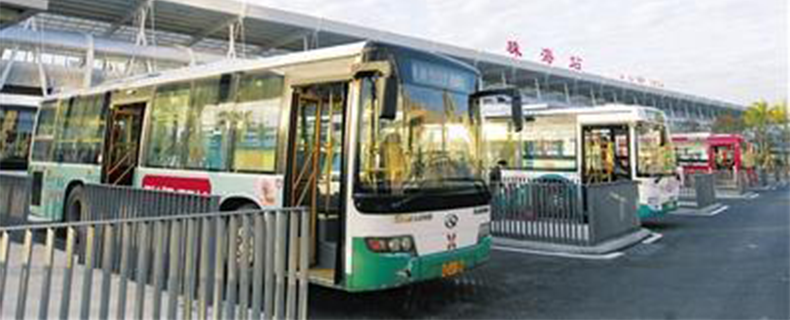Zhuhai Traffic Control Project
2017.12.19

| LOCATION |
| Zhuhai, Guangdong Province |
| OWNER/IMPLEMENTATION UNIT |
| Arup |
| KEY WORDS |
| Low carbon traveling; bus first; slow traveling system; intelligent transport system |
| PROJECT COMPLETION/EXPECTED COMPLETION DATE |
| The project is expected to be completed in 2020 |
| CASE DESCRIPTION |
Zhuhai has witnessed a rapid development in the city’s road transport in recent years while the municipal government made significant achievements and gained extensive experience. However, the shortcomings and deficiencies of Zhuhai’s transport network have become increasingly prominent. As the city’s population and the number of motor vehicles on the road continue to increase, the development of public transport infrastructure lags behind. This has resulted in some problems, such as inefficient modes of travel, incomplete pedestrian and bicycle networks, insufficient parking facilities, slow development of intelligent transport systems, and severe traffic congestion in the city center. All of these problems have hindered the development of Zhuhai city. The municipal government has come up with solutions from six perspectives. First, the government prioritized the establishment of a public transport system, by building a network centered on modern trams while supplemented by other modes, rearranging bus routes in the central area, and connecting long-distance bus stations with rail transit. Second, the city’s non-motorized system was further improved. Channel division at intersections and added crossing facilities provided more conveniences to pedestrians while the bicycling network was upgraded by building a lane network and opening more rental points. Third, car ban and congestion fees were introduced for a better management of traffic. Fourth, on the one hand, the government planned on re-development of vacant and abandoned lands, construction of the park and ride lots, as well as vertical lots to provide more urban space for parking. On the other hand, the authority introduced higher parking fees and further encouraged the use of public transport. Fifth, efforts were made to build a more intelligent transport system. These included the build-up of enhanced vehicle guidance and signal control systems, as well as a timely release of traffic information via media and Internet. Last but not least, intersections were further optimized to drive the traffic capacity. |
| KEY DATA |
| As planned, the use of public transport will account for 50% of all motorized transit by 2020, compared to 23 % in 2010. The average speed of all mainline buses will rise to 20 km/h and the walking time to the nearest bus station will be around 5 minutes. The level of pollutants caused by motorized vehicles will remain unchanged. By 2030, the average speed of all mainline buses will be 30 km/h and the level of pollutants caused by motorized vehicles will be reduced by 30%. |
| PROJECT-RELATED PARTIES |
| The Transportation Bureau of Zhuhai |
| CURRENT PROGRESS |
| INNOVATION POINT |
| A systematic planning and micro-level management of the city’s public transport system. |
| RELATED LINKS |



